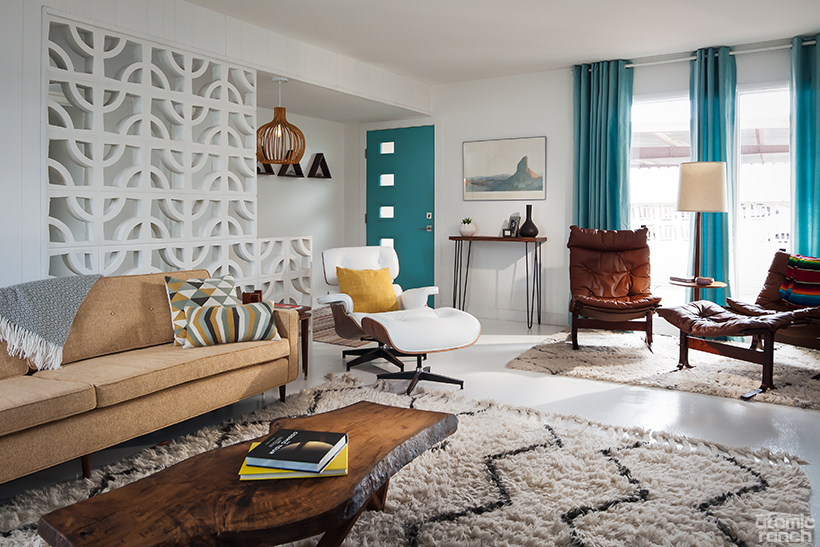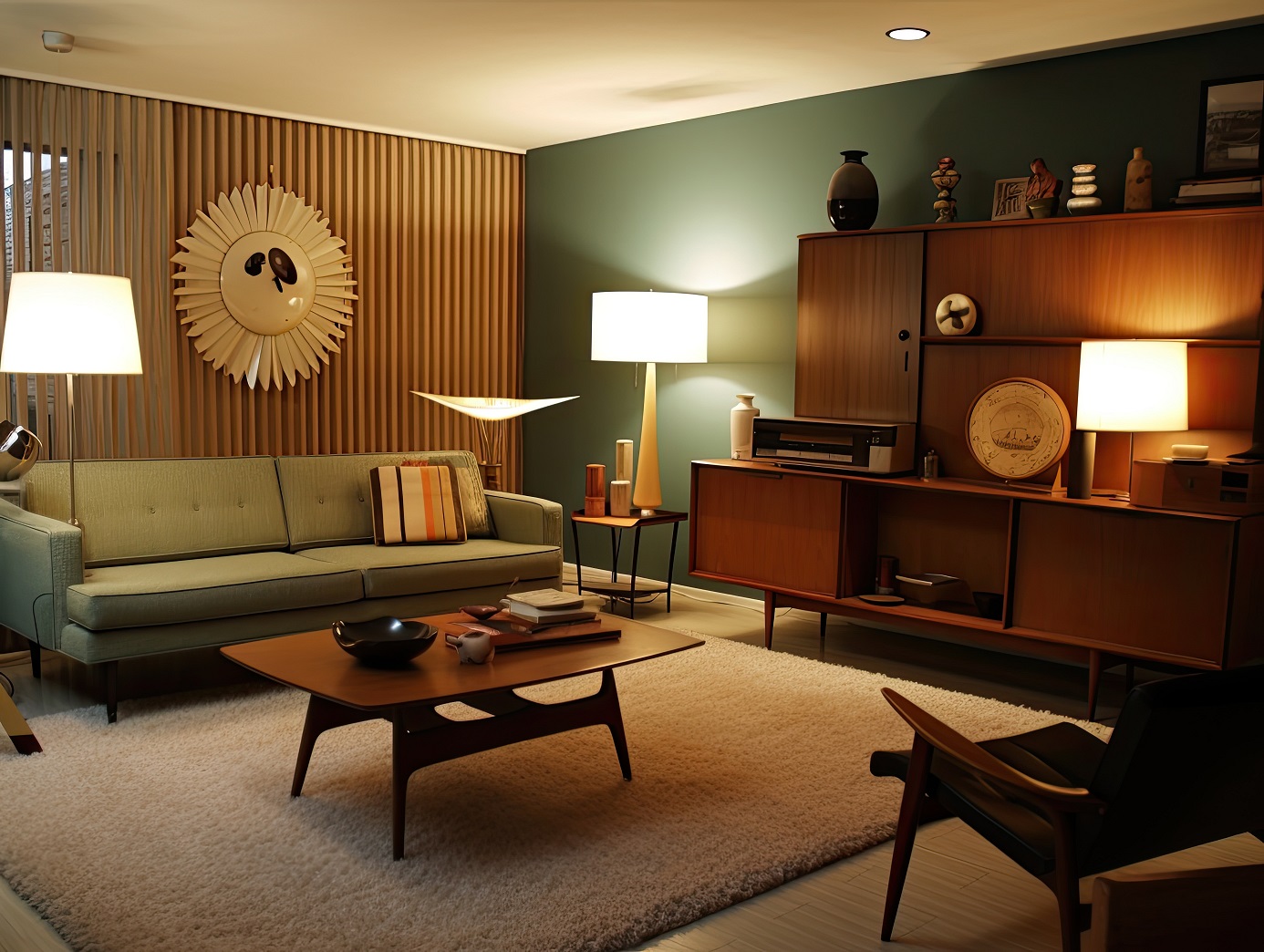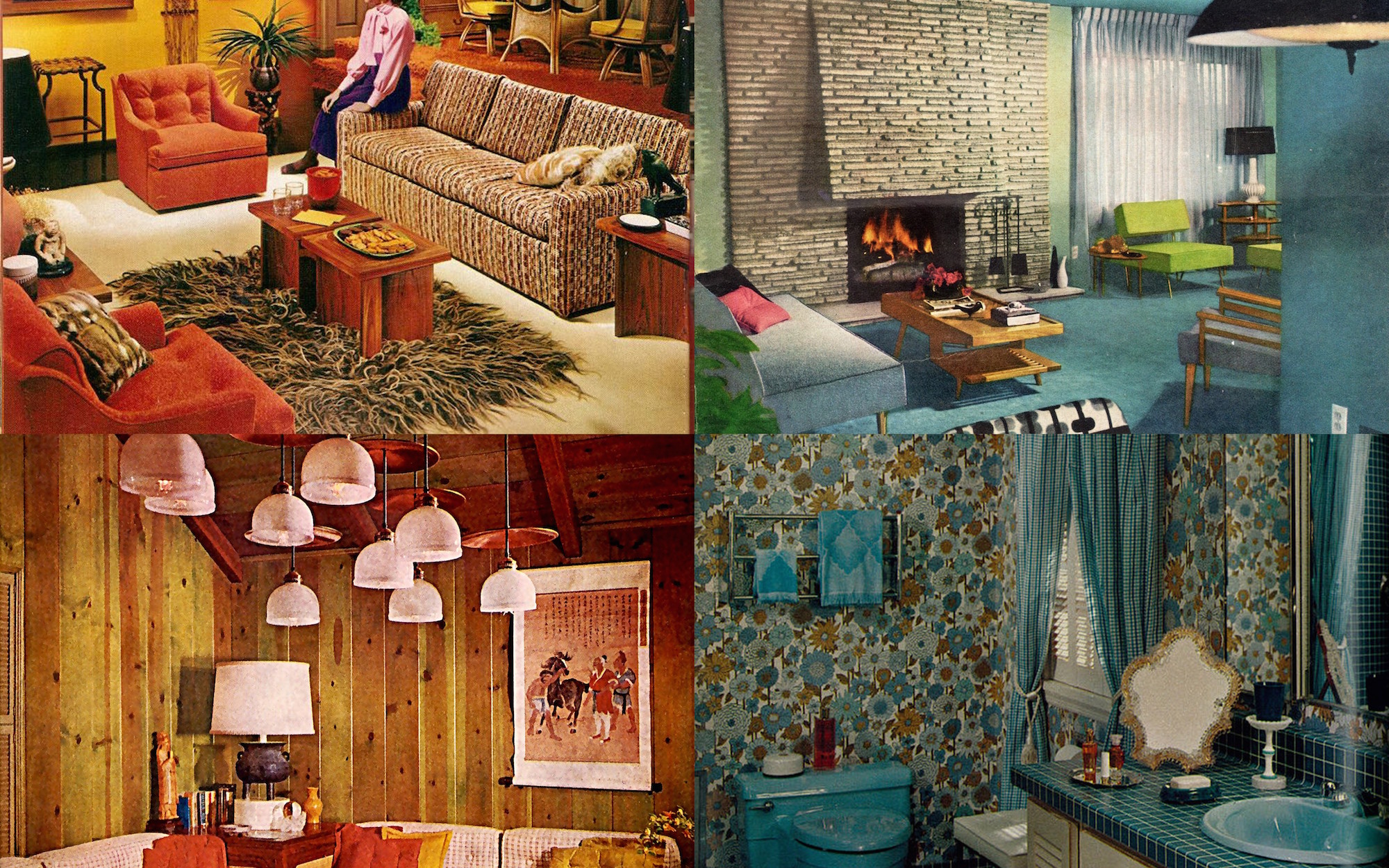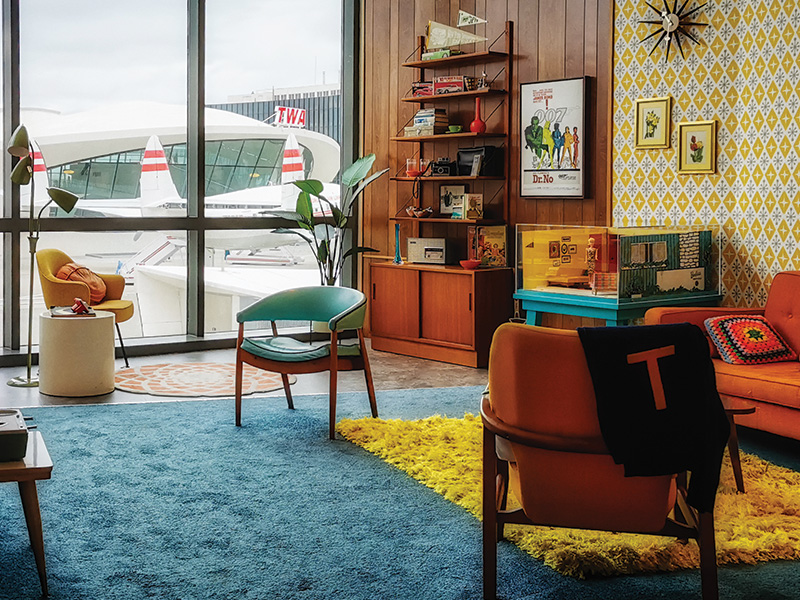The 1960s was a decade that encapsulated freedom, creativity, and an explosion of color. The home decor of this era reflects a unique blend of styles, from the sleek lines of Mid-Century Modern to the playful patterns of Pop Art. In this article, we will explore the key elements of 1960s living room decor, sharing personal anecdotes and practical tips to help you create your own retro sanctuary.
Understanding the 1960s Decor Movement
Before diving into specific styles, it’s essential to understand the cultural shifts that influenced home decor in the 1960s. The decade was marked by significant social changes, the rise of counter-culture, and advancements in interior design. As more households became affluent, there was a newfound emphasis on individuality and artistic expression.
The Rise of Mid-Century Modern
The Mid-Century Modern style dominated the 1960s, characterized by clean lines, organic shapes, and a focus on functionality. This style remains popular today, resonating with those who appreciate minimalist beauty.

Pop Art and Eclecticism
Pop Art emerged as a leading artistic movement in the 1960s, heavily influencing home decor. Bright colors, bold graphics, and playful designs became staples in many homes, creating spaces that were lively and engaging.

Key Elements of 1960s Living Room Decor
To accurately capture the essence of 1960s living room decor, consider the following key elements:

1. Color Palette
The color palette of the 1960s was vibrant and often daring. Popular colors included:

- Avocado Green: An earthy hue that was a favorite for furniture and appliances.
- Harvest Gold: This warm color was widely used in accent pieces and textiles.
- Bold Reds and Oranges: Often featured in wall colors and shag carpets.
2. Furniture Styles

Furniture in the 1960s was heavily influenced by the Mid-Century Modern movement, which emphasized comfort and style. Here are some key features:
- Low Seating: Think of sleek sofas and lounge chairs that encourage relaxation.
- Wooden Accents: Teak and walnut were popular choices for tables and cabinetry.
- Functionality: Multi-purpose furniture emerged, including ottomans that doubled as storage.

Furniture Comparison Table
| Furniture Type | Characteristics | Popular Materials |
|---|---|---|
| Sofas | Low profile, sleek lines | Leather, Fabric |
| Coffee Tables | Geometric shapes, often asymmetrical | Teak, Glass |
| Accent Chairs | Statement pieces, vibrant fabrics | Wool, Velvet |
3. Textiles and Patterns

Textiles played a significant role in defining the 1960s aesthetic. Bold patterns and unconventional materials made living rooms pop:
- Shag Rugs: Soft and fluffy, these rugs added warmth and texture.
- Graphic Prints: Fabrics featuring abstract designs were common in cushions and curtains.
- Patterned Wallpaper: Floral and geometric wallpapers transformed plain walls into works of art.
4. Lighting
Lighting fixtures in the 1960s were as much about function as they were about fashion:
- Floor Lamps: Arched or tripod styles became popular choices.
- Statement Chandeliers: Unique designs often made from metal or glass.
- Table Lamps: Bold shapes and vibrant colors added character.
Integrating 1960s Decor Into Your Living Room
Now that we’ve explored the fundamentals, let’s discuss how to bring 1960s decor into your living room effectively.
1. Starting with a Color Scheme
Choose a color palette that reflects the essence of the 1960s. Combining bold hues with neutral tones creates a balanced yet playful atmosphere.
2. Selecting Furniture
Look for vintage or reproduction furniture pieces that embody the Mid-Century Modern style. Consider visiting thrift stores or online marketplaces for unique finds.
3. Accessorizing with Textiles
Incorporating textiles like shag rugs or patterned cushions can add warmth and interest to your living room. Don’t shy away from mixing patterns; this was a hallmark of the era.
4. Creative Wall Decor
Add a focal point to your living room with retro artwork or framed fabric. Wall hangings featuring geometric or floral designs can transport you back to the 1960s.
5. Lighting Choices
Choose a bold floor lamp or an eye-catching chandelier to make a statement. Look for shapes that echo the style of the 1960s while providing adequate illumination.
Pros and Cons of 1960s Home Decor
Pros
- Timelessness: Many elements of 1960s decor remain stylish and relevant today.
- Unique Aesthetic: It allows for individuality and creativity in home decor.
- Functional Design: The emphasis on practicality means you can find comfortable and useful furniture.
Cons
- Availability: Authentic vintage pieces can be hard to find and might require restoration.
- Maintenance: Older items might need special care to maintain their quality.
- Cost: Collectible items can be pricey, impacting your overall budget.
FAQs About 1960s Home Decor
What are the most popular colors for 1960s living room decor?
Popular colors include avocado green, harvest gold, bold reds, and oranges. These hues embody the vibrancy of the era.
How can I achieve a 1960s look without spending a fortune?
Shop at thrift stores, flea markets, or online marketplaces for vintage items. Consider DIY projects to create your decor.
Are there modern interpretations of 1960s decor?
Yes! Many furniture designers create pieces inspired by 1960s styles, blending nostalgic elements with contemporary functionality.
What types of furniture are essential for a 1960s living room?
A low-profile sofa, geometric coffee table, and statement accent chairs are key components. Look for pieces that emphasize clean lines and bold colors.
Conclusion
Embracing the charm of 1960s home decor in your living room can create a space that is not only stylish but also rich in history and personality. By thoughtfully selecting colors, furniture, and accessories, you can pay homage to this electrifying decade while making it your own. Whether you’re a long-time lover of vintage decor or just starting your journey, the 1960s offers a wealth of inspiration. Now, it’s time to channel your inner designer and let the retro vibes flow!